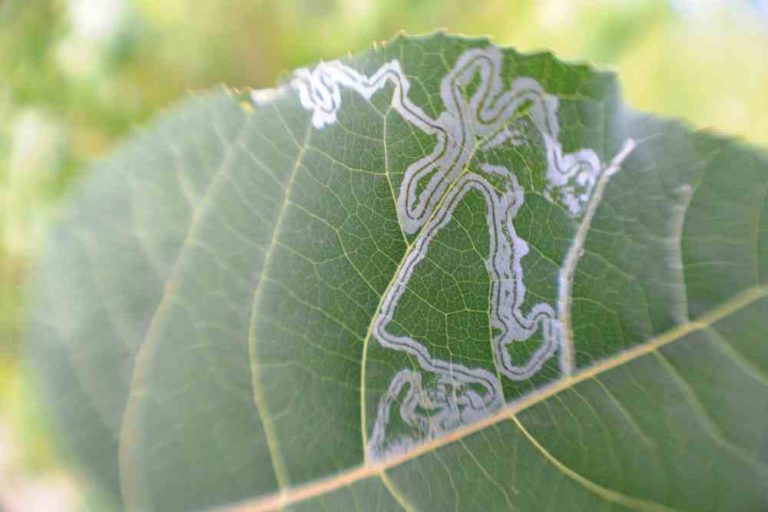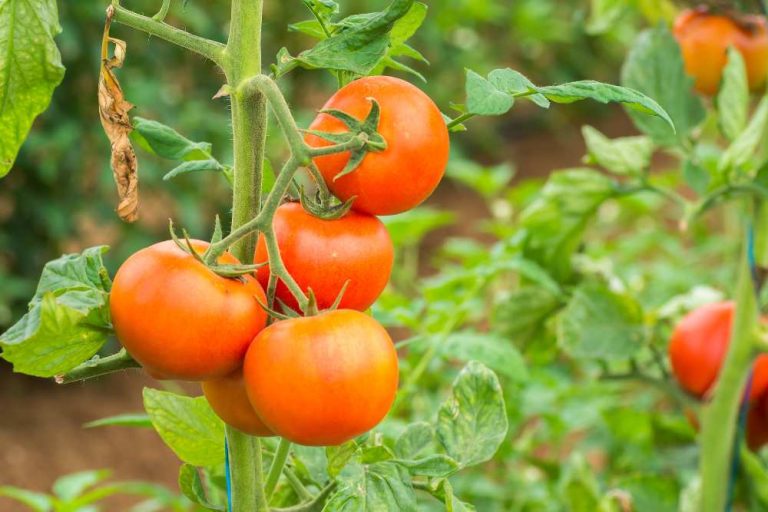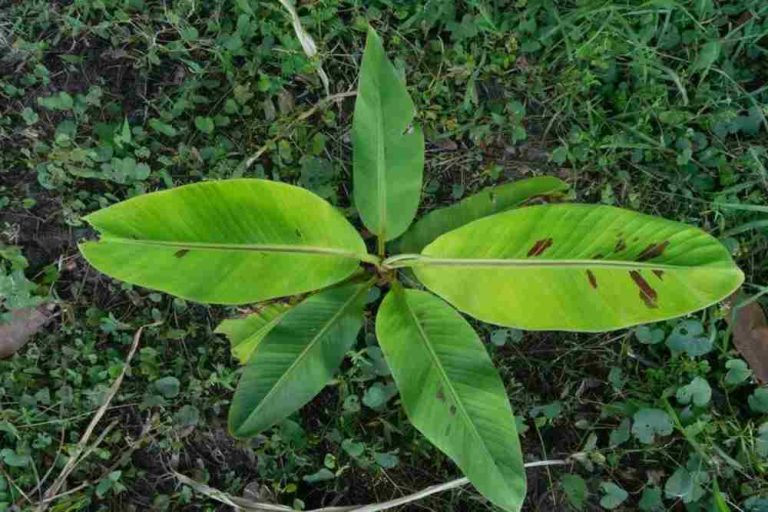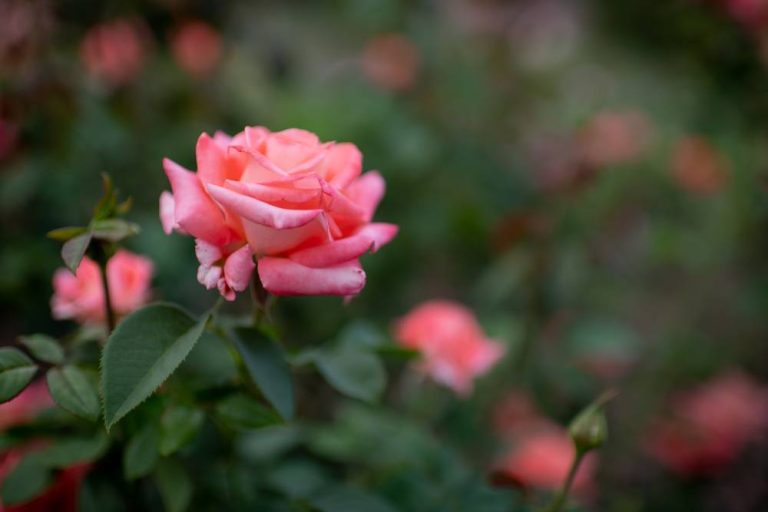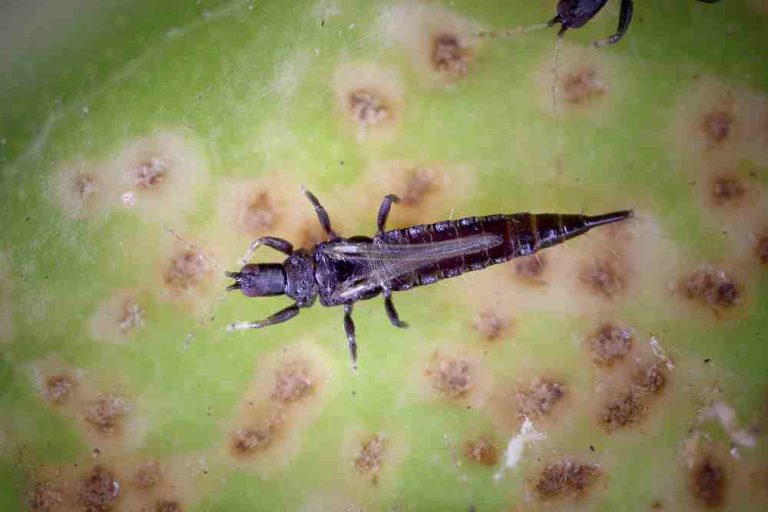How to Control Whitefly Infestation in Your Garden
Whitefly (Bemisia tabaci) is a plant sap-feeding insect which belongs to the order Homoptera, is a global pest causing significant loss to a wide variety of agricultural commodities. Whiteflies are not true flies. It is related to aphids, scales, and mealybugs.
Whiteflies cause damage to plants in two ways. Such as by sucking the sap and transmitting viral disease. Furthermore, they secrete honeydew onto leaves where black sooty mold can grow. They have become one of the most severe crop protection problems.
Whitefly Life Cycle
Whiteflies have a characteristic life cycle with six stages: the egg, four immature stages (nymphal instars), and the adult stage. The main factors that significantly influence the life cycle of whitefly species are temperature, relative humidity, and host plants.
Whiteflies usually lay their tiny eggs on the undersides and upper sides of leaves. Then eggs hatch. Hatching occurs after 5 – 9 days at 30°C. Then young whiteflies gradually increase in size through four nymphal stages called instars.
The first mobile nymphal stage (crawler stage) is barely visible even with a hand lens. This stage feeds on the phloem sap before undergoing three more nymphal instar stages.
It develops through three semi-transparent, oval, and flattened, significantly reduced legs and antennae, scale-like, and immobile nymphal stages. The whitish-yellow nymphs turn yellowish and dome-shaped after feeding, during the second instar stage.
The third nymphal gradually turns dark yellow and is more flattened in shape after feeding. The last nymphal stage is called the “pupal” stage or “red-eye nymph”, and after feeding, this stage gradually turns dark yellow and more flattened in shape. An adult is yellow-bodied with a pair of white wings.
The body and both pairs of wings are covered with a waxy, and powdery secretion. The female’s life span can extend to 60 days while the life of the male is generally much shorter and can be extended to 9 and 17 days. The entire life cycle of a whitefly from egg to adult takes approximately 16 to 31 days.
Whitefly Damage
Whiteflies, both nymphs, and adults cause significant damage to the host plants during feeding through the secretion of honeydew and transmission of plant viruses by using their piercing, needle-like mouthparts to suck sap from phloem, leaves, and stem.
Sucking phloem sap from the leaves and plant tissue removes nutrients, and it reduces the foliage’s photosynthetic activities. After that leaves turn yellow, causing them to fall early and weakening the plant.
Leaves and fruits may be sticky or covered with black sooty mould that grows on honeydew hence reducing photosynthetic activities. It could negatively affect the quality of greenhouse vegetables and ornamentals.
The honeydew attracts ants. Ants interfere with the activities of natural enemies that may control whiteflies and other pests. Feeding on leaves can cause yellowing and crumpling.

Then subsequently stunted plant growth, discoloration, or silvering of leaves, and deformed fruits can be seen. Indirect damage whiteflies transmit viruses to certain vegetable crops belonging to the genera Ipomovirus, Begomovirus, Torradovirus, Potyviruses, and Crinivirus.
Crops like cowpea, cassava, cotton, crucifers, eggplants, tobacco, tomato, cucurbits, potato, pepper, soybean, sweet potato, okra, lettuce, pea, and bean are susceptible to these viruses. Frequent usage of pesticides on whitefly has raised environmental concerns and also produced resistance in the whitefly population. Due to that, whitefly became a significant problem for field crops and greenhouse crops.
Whitefly Control
Heavy whitefly infestations are difficult to manage. The best way to prevent problems in the garden or landscape is through good cultural practices: plant whitefly and virus-free plants, inspect plants for whiteflies and other pests and diseases, remove and destroy whitefly-infested vegetable plants after harvest, before introducing a new plant to the greenhouse/ garden always check those plants for whiteflies and nymph infestations, and do not plant new crops near or adjacent to old/ infested crops.
Ealy planting of spring and summer crops can help avoid whiteflies because they reproduce more rapidly under dry, hot conditions, and it allows plants to mature before conditions are favorable for the whitefly population.
Plants/ leaves heavily infested with the nonmobile nymphal and pupal stages populations can be reduced by hand removal. Watering can reduce the hot, dry, & dusty conditions that favor whiteflies and inhibit natural enemies of whiteflies, and also water sprays may be useful in removing dislodging adults.

Traps are the most useful method for monitoring and detecting whiteflies rather than controlling them. Traps (yellow sticky traps) can be posted around the garden to trap adult whiteflies. Sticky cards/ commercial traps are available in stores and online. Pathogenic fungi can be applied as a spray treatment, and it is effective at any whitefly population density.
Whiteflies are found on the leaves’ underside; therefore, they can be challenging to control with insecticides. Direct spraying of most less-toxic products such as insecticidal soaps, neem oil, or petroleum-based oils controls only those whiteflies.
Avoid using other pesticides (other than soaps and oils) to control whiteflies because most of them kill natural enemies not only, and whiteflies quickly build up resistance to them. Soap and detergents are more effective against young whitefly nymphs and have little activity against adults.
- 20+ Chic Boho Bedroom Ideas for a Cozy and Stylish Retreat - June 20, 2024
- 12+ Modern Boho Living Room Ideas to Create a Unique Oasis - June 10, 2024
- 10 Stunning Canopy Bed Ideas for a Dreamy Escape - May 16, 2024


